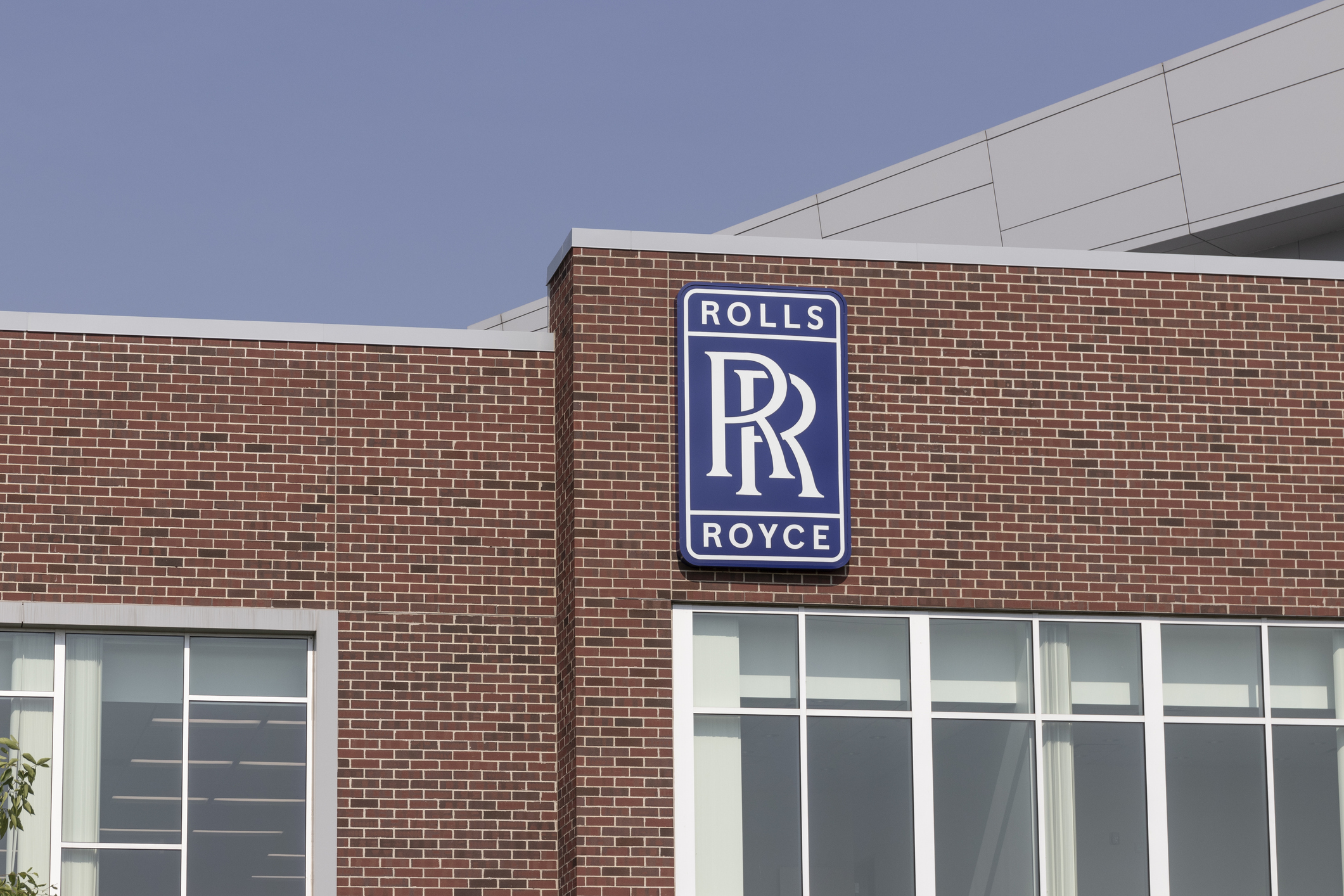
Aircraft engine maker Rolls-Royce declared in February that it would hit its profit targets two years early, says Philip Georgiadis in the Financial Times. The stock promptly bounced 15%, making it one of the ten biggest in the FTSE 100.
Rolls-Royce’s latest results, which included a 13% rise in the order book for new engines, “underlined the scale of the recovery… since governments shut the skies during the pandemic”.
It also announced that it would launch a £1 billion share buyback, in addition to bringing back a dividend of 6p a share, as promised last year.
Sign up to Money Morning
Don’t miss the latest investment and personal finances news, market analysis, plus money-saving tips with our free twice-daily newsletter
Don’t miss the latest investment and personal finances news, market analysis, plus money-saving tips with our free twice-daily newsletter
Many of Rolls-Royce’s past problems were due to its slow recovery from Covid, which had “brought it to its knees”, says Robert Lea in The Times. However, the real turning point came when CEO Tufan Erginbilgic arrived in 2023 and worked hard on “changing the mindset” of the company’s staff.
He managed to persuade them to focus on “the strategic progress required both every day and for the long term”. He has also “transformed” the profitability of Rolls-Royce by renegotiating existing contracts and improving the value of new deals.
What’s behind Rolls-Royce’s financial turnaround?
Erginbilgic’s leadership is a “case study for reviving a moribund industrial icon”, say Bloomberg’s Kate Duffy and Anthony Palazzo.
He has made “shrewd decisions”, including “selling off a division dedicated to electric flight, as well as shutting down development efforts for fuel cells and advanced air-mobility craft such as air taxis”.
His “zero-based budgeting” and decision to “give everyone… clear… responsibilities” has cut waste and bureaucracy at a company that once “flew three employees to southern France to erect a company sign”.
Despite Rolls-Royce’s success, there are still “problems on the horizon” for the CEO to navigate, says Matt Oliver in The Telegraph. It has recently “taken heat” from airlines after problems with its troubled Trent 1000 resurfaced.
BA has been forced to cancel flights because of “excessive wear and tear to the engines” that power its fleet of Boeing 787 Dreamliner jets. Rolls-Royce has been forced to admit that it has “struggled to keep pace with the need for replacement engines and parts – causing some aeroplanes to remain grounded”. It even warns that difficulties with the supply chain, which have constrained deliveries, could last for up to 18 months.
Yet “it’s hard to dispute that Rolls-Royce finds itself in multiple sweet spots”, says Nils Pratley in The Guardian. For instance, small modular reactors should (finally) get the go-ahead soon, and the power-systems business “can expect a new class of customer in the form of data centres”.
The defence division had been “nicely supported by the Aukus (Australia-UK-US) submarine partnership even before governments’ boost to military spending”.
Finally, there is also Rolls-Royce’s re-entry into the market for engines for narrowbody aeroplanes, probably sometime in the next decade, for investors to look forward to.
This article was first published in MoneyWeek’s magazine. Enjoy exclusive early access to news, opinion and analysis from our team of financial experts with a MoneyWeek subscription.



